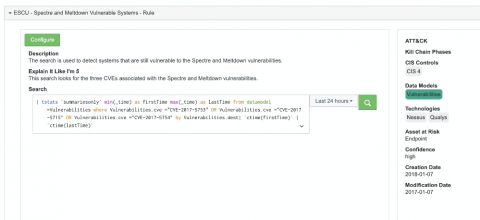The 4 Stages to a Successful Vulnerability Management Program
Have you ever been around someone who is just better at something than you are? Like when you were in school and there was this person who was effortless at doing things correctly? They had great study habits, they arrived on time, they were prepared and confident in the materials that they studied in class, and they were a consistently high performer at every stage?










